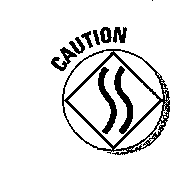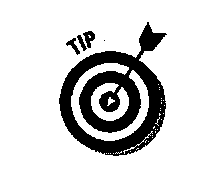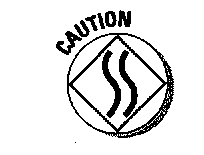
More and more gas stations are shifting toward self-service. If you’ve been reluctant to abandon the luxury of the full-service lane, chances are that it’s going to get more and more difficult to find one. Knowing how to fill ‘er up yourself not only prevents you from being stranded with an empty tank when there’s no one available to fill it for you, but it also saves you money on every gallon, every time.
Always extinguish your cigarette before you start to pump gasoline. If the flame comes in contact with gasoline fumes, it can cause an explosion.
Here’s how to pump your own gas:
1. Look at the price window on the pump.
If a price is registered there, have the attendant clear the machine so that the price window reads “$0.00.”
2. Move the lever on the pump to ON.
3. Unscrew the cap from your fuel tank.
4. Unhook the pump nozzle and hose from the pump and place the nozzle into the fuel tank opening.
5. Squeeze the trigger on the pump nozzle to allow gasoline to flow out of the hose and into your fuel tank.
There’s usually a little latch near the trigger that keeps the trigger open so that you don’t have to stand there holding onto it. Don’t worry about overflows; gas pumps shut off automatically when your tank is almost full.

Engaging the trigger latch gives you time to take advantage of the other free services at the gas station. You can wash your car’s windows or check the air pressure in your tires and add air if they need it. (There are instructions for doing so in Chapter 19.)
When the gasoline stops flowing, the trigger clicks closed and the numbers in the pump window stop moving. Remove the nozzle from the fuel tank and hang it back on the pump.
Never “top off” a tank by adding fuel after the pump has shut off automatically. If you overfill your tank, the fuel may overflow the fill hole or leak out onto the road through an overflow outlet. This is not just a waste of your money; spilled gasoline ruins asphalt, pollutes the air, and is a fire hazard. This kind of leakage is especially prone to happen if it’s a hot day and the gasoline in your tank expands.

6. Replace the cap on your fuel tank.
